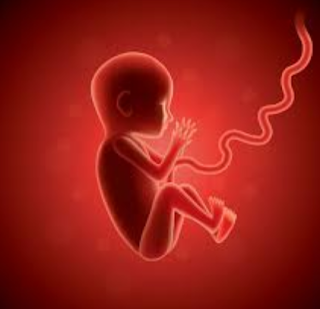
Maha-pātaka is considered to be one of the Five Great Sins as per Sanatan Dharma.According to Narada 12:92, Maha- pātaka, is a reason for a husband to divorce his wife.
According to Paraśara Smriti Chapter 4:20 there are only two reasons Dharma Shastra allows abortion.
1. To save the life of the mother
2. In the case of rape

yat pāpaṁ brahmahatyāṁ dviguṇaṁ garbha-pātane | prāyaścittamṁ na tasyāḥ syāt tasyās tyāgo vidhīyate ||
What sin is incurred in killing a Brahmin, causing an abortion causes a sin twice as great:— there is no atonement for that sin. The abandonment of such a woman has been ordained by law.
Mahanirvana Tantra 11:69 – 11:70 has the following to say:
āgarbhat pañcamāsāntar garbham yā sravayeddhiyā | tad upāya-krtaṁ tāñca yātayetti-vratāḍanaiḥ || 11:69 ||
pañcamāt parato yā strī bhrūṇaṁ prapātayet | tat prayoktuśca tasyāśca pātakam syādbadhodbhavaṁ || manuṣya-vadhajanyam || 11:70 ||
The woman who causes a miscarriage before the completion of the fifth month, as well as the person who helps her thereto, should be heavily punished by the king (11:69).
The woman who after the fifth month destroys the child in her womb, and the person who helps her thereto, are guilty of murder (11:70).
Yajñavalkya smṛti
vyabhicārād ṛtau śuddhir garbhe tyāgo vidhīyate | garbha bhartṛvadhādau ca tathā mahati pātake || 72 ||
If a woman subjects herself to abortion, except in the case of pregnancy by other than her husband, and for purposes of expiation (after rape), she becomes guilty of two great sins the murder of the foetus and the murder of her husband.


Within Upanishad, there is Garbha Upanishad which contains a verse that gives us another angle. There is always a ambiguity about the age of Upanishads, but Stages of fetus development, as mentioned in 'Garbha Upanishad', carved on stones at Sri Varamoortheeswarar Temple, Tamil Nadu. The temple is 5000 years old. Garbha Upanishad is one of the minor Upanishads, which has been described as more of 'a manual on physiology or medicine' rather than spiritual text which is also been admitted by Paul Deussen, German Professor of Philosophy. Garbha Upanishad explains the details about what a human body is, how human embryo is formed, how does the human embryo develop, and the most fascinating part: What does the embryo know, and what information it can store.
By the way, DNA was discovered in late 1800's. In India rocks were been carved add described the stages in temples 1000 years before West had any idea about what an embryo is.

सप्तमे मासे जीवेन संयुक्त भवति
The fetus becomes connected to the Jiva on the seventh month and is is fully formed. This verse has been wrongly interpreted by most people to mean that the fetus comes to life in the seventh month and is fully formed.
Please make a note that the verse says that the Jiva gets connected to the fetus on the seventh month and is fully formed, which means it gets tied to the body by the three gunas of prakriti (quality of nature). It does not say anything about “soul entering the body”. That notion is borrowed from many religious text book of different religion and is fostered by some ignorant scholars who do not know the difference between the attachment of the Jiva and the presence of the Jiva to make living being, which happens before conception.

Abortion was looked up as a crime as it involves a murder of a still to be born. But there are two exceptions i.e when the mother’s life is at danger. Or the child is born out of Wedlock (more precisely rape).
In the ancient times, even not in the ancient times only it was until few couple of years ago also, it was common for couples to have more than 5 children at the very least and the crime rate was also quiet low. But our ancestors predicted that in Kali Yuga- the age of Hypocrisy, the Earth will be filled with sins like rape, kidnap, murder, theft and illicit sex. So they formed rules in the Upanishads for Sanathanis to follow, which includes and treated abortion as a crime.
Comments
Post a Comment